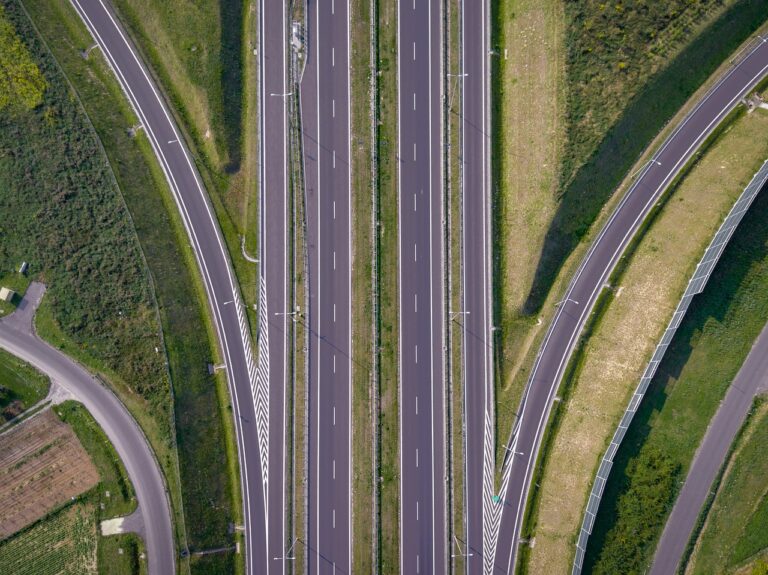The Impact of Vehicle-to-Grid (V2G) Communication on Microgrid Development
Electric vehicles (EVs) play a significant role in the integration of renewable energy sources into microgrids. By serving as mobile energy storage units, EVs can store excess electricity generated during peak production times and supply it back to the grid when needed, enhancing the overall energy resilience of microgrids. This ability to store and discharge electricity efficiently helps balance the supply and demand dynamics within microgrids, ensuring stable and reliable energy distribution.
Furthermore, the bidirectional flow of energy between EVs and microgrids, known as vehicle-to-grid (V2G) technology, allows for a more flexible and adaptive system. This V2G communication enables EVs to not only take energy from the grid but also give back surplus energy, contributing to the overall stability of microgrids. As more EVs become part of the energy ecosystem, the relationship between electric vehicles and microgrids will continue to evolve, creating a more sustainable and efficient energy infrastructure for the future.
How V2G Communication Can Enhance Energy Resilience in Microgrids
V2G communication plays a crucial role in enhancing energy resilience within microgrids. By enabling bidirectional energy flow between electric vehicles and the grid, V2G technology allows for a more dynamic and flexible energy system. This bidirectional flow of energy can help balance fluctuations in supply and demand, particularly during peak usage times or in emergency situations.
Moreover, V2G communication enhances energy resilience by leveraging the energy storage capacity of electric vehicles. During periods of high demand or grid instability, EV batteries can be utilized to store excess energy or provide backup power to the grid. This capability not only increases the overall reliability of the grid but also contributes to the integration of renewable energy sources by effectively managing their intermittency.
• V2G communication enables bidirectional energy flow between electric vehicles and the grid
• Helps balance fluctuations in supply and demand during peak times or emergencies
• Utilizes EV batteries to store excess energy or provide backup power to the grid
• Increases overall reliability of the grid and integrates renewable energy sources efficiently
The Role of V2G Technology in Balancing Supply and Demand in Microgrids
V2G technology plays a crucial role in balancing the supply and demand dynamics within microgrids. By enabling electric vehicles to not only draw power from the grid but also feed back excess energy, V2G enhances the grid’s flexibility. This bidirectional flow of electricity helps to optimize energy distribution, especially during peak demand periods, ultimately contributing to a more stable and efficient microgrid system.
Moreover, V2G technology facilitates the integration of renewable energy sources into microgrids by providing a mechanism to store and redistribute surplus energy. Electric vehicles can act as mobile energy storage units, absorbing excess power from sources like solar panels or wind turbines when production exceeds demand. This stored energy can then be utilized during times of low renewable generation or high electricity consumption, promoting a more sustainable and resilient energy ecosystem within microgrids.
What is the relationship between electric vehicles and microgrids?
Electric vehicles can serve as a source of energy storage in microgrids, providing flexibility in balancing supply and demand.
How can V2G communication enhance energy resilience in microgrids?
V2G communication allows electric vehicles to communicate with the grid, enabling them to provide power back to the grid during peak demand periods, thereby enhancing energy resilience.
What role does V2G technology play in balancing supply and demand in microgrids?
V2G technology enables electric vehicles to discharge energy to the grid when needed, helping to balance supply and demand in microgrids and maintain grid stability.







